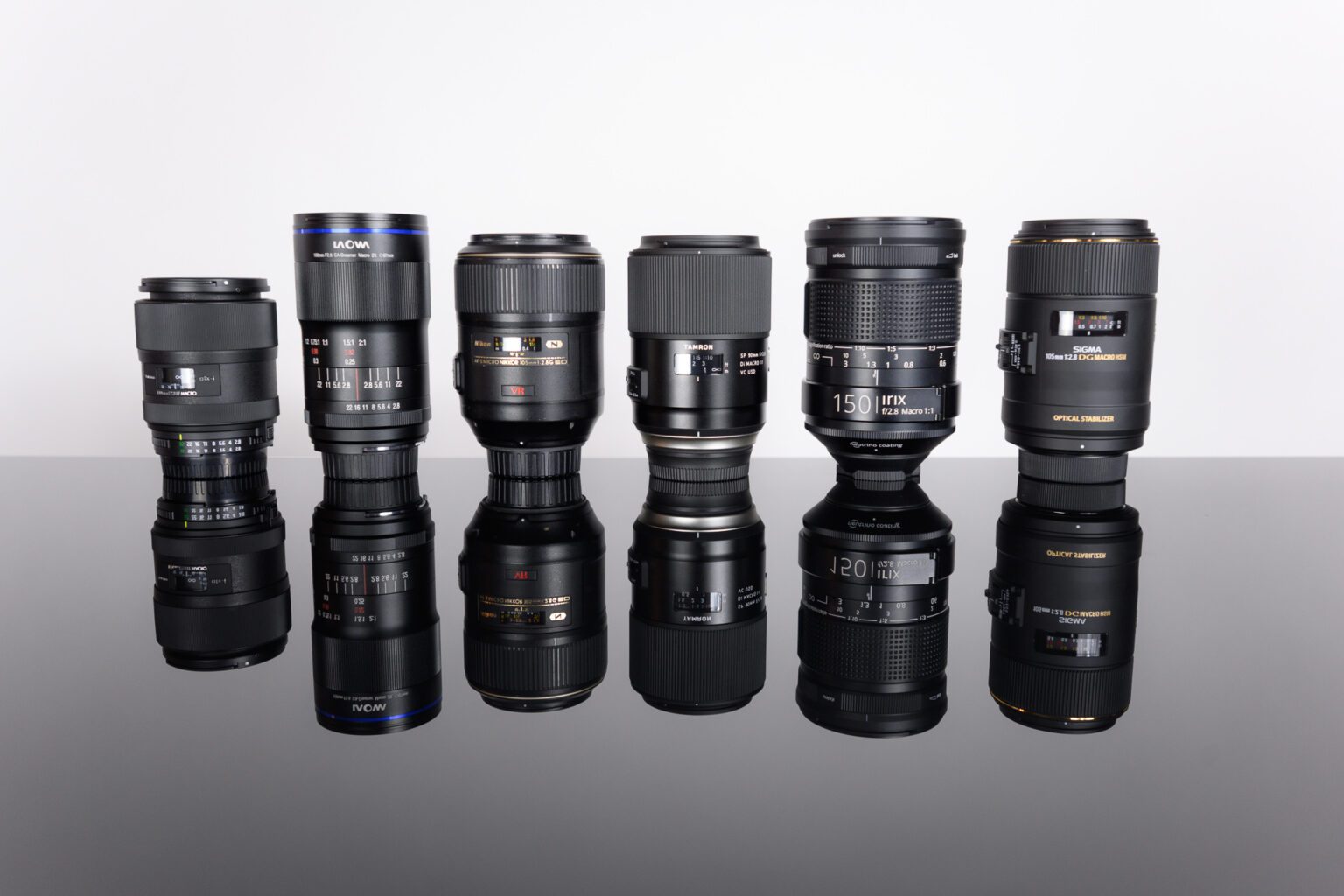
But for travel and use as all-in-one walk-around lens, the 18-200mm is a nice choice and reasonably priced. Wildlife photographers, for example, often utilize the extra 100mm of length that a lens like the 18-300mm below has to offer. The biggest shortcoming of the 18-200mm VR II is that it doesn’t quite have the reach for certain types of telephoto photography. With an equivalent zoom range of 27-30mm on a 35mm camera and vibration reduction, this lens captures sharp images throughout its range and has a sturdy build that is built to last. The Nikon 18-200mm VR II is a solid all-purpose lens for everything from wide-angle shots to close-ups-many people use it as the only lens in their bag. What we don't: Distortion, particularly at the wide end. What we like: Cheaper than the Nikon 18-300mm above. A recent $200 drop in price is the cherry on top.

Amazingly, it even weighs less than the Nikon 18-200mm below and is only two ounces more than the 18-140mm. The changes, however, are almost all positive and make it the leading all-in-one lens for the Nikon D5300 in our book. Released in 2014, the new version of this lens is considerably lighter and cheaper than the old one, with the only sacrifice being a maximum aperture at the long end of f/6.3 instead of f/5.6. What we don't: Some softness at the long end.įor those who want to cover virtually the entire spectrum of focal lengths without changing lenses, the Nikon 18-300mm VR is an excellent choice. It’s a tough choice between this lens and the 18-300mm below, which offers more than double the focal length range but is slightly softer and heavier.Īll-In-One Lenses Nikon 18-300mm f/3.5-6.3 VR ($697) The downsides of the 18-140mm lens are weight and distortion (the Nikon D5300 does have an automatic distortion correction mode built into the camera). The Nikon 18-140mm f/3.5-5.6 performs well and has a considerably longer zoom range than the 18-55mm above or 18-105mm kit lens offered with other Nikon DSLRs. Many photographers prefer the ease of carrying one walk-around zoom lens instead of multiple prime lenses, and this category has improved markedly in quality. What we don't: Only about two ounces lighter than the 18-300mm. What we like: Versatility and sharpness for a zoom lens. But at only $100 more for the camera with the Nikon 18-55mm VR II, it’s an enticing option for beginners. The lens also struggle a bit in low light, offset to some degree by Nikon’s vibration reduction technology. You can expect distortion at the wide end (18mm), but this can be corrected in-camera with the automatic distortion correction function on the Nikon D5300. Compared to previous version of the 18-55mm kit lens, the VR II is sharper and lighter at just 6.9 ounces. The Nikon 18-55mm VR II is a perfectly respectable introductory lens that will get out the door and snapping good photos in no time. Below are our picks for the best lenses to pair with the Nikon D5300, including kit lenses, all-in-one lenses, wide-angle lenses, portrait lenses and telephoto zooms. For more background, see our lens buying advice below the picks.

Nikon macro lens for d5300 1080p#
The Nikon D5300 is one of the leading mid-range DSLRs on the market, featuring a 24.2-megapixel sensor and a host of popular features like Full HD 1080p Video and built-in Wi-Fi. The camera also lacks an anti-aliasing feature that is present on other Nikon DSLRs like the older D5200, allowing for better sharpness and detail.


 0 kommentar(er)
0 kommentar(er)
